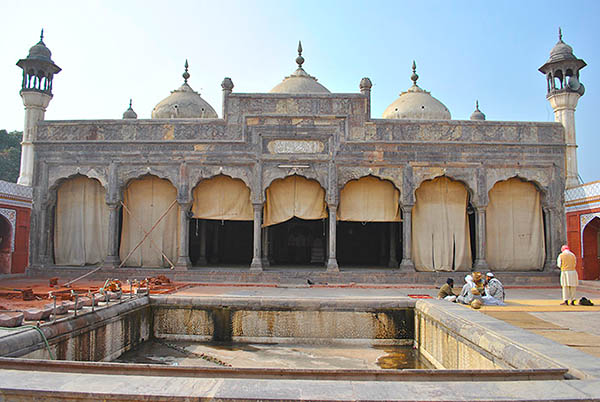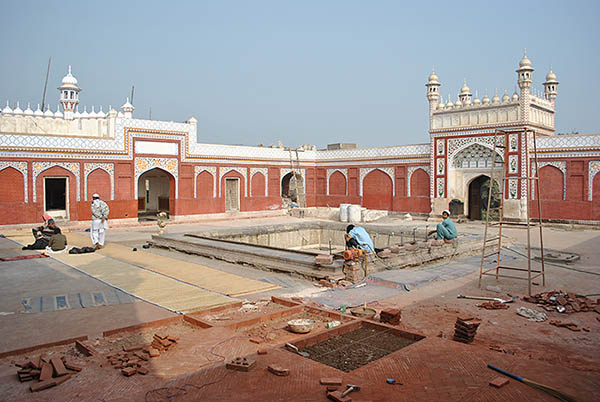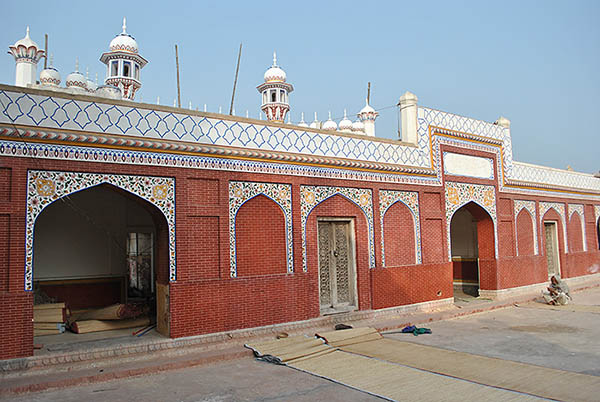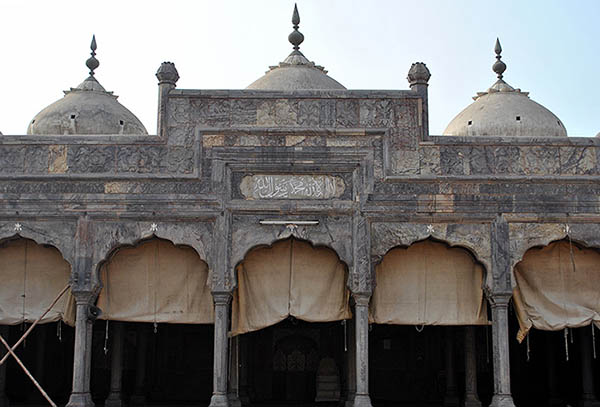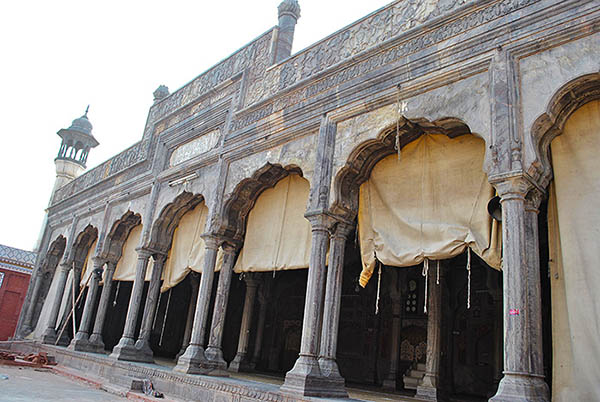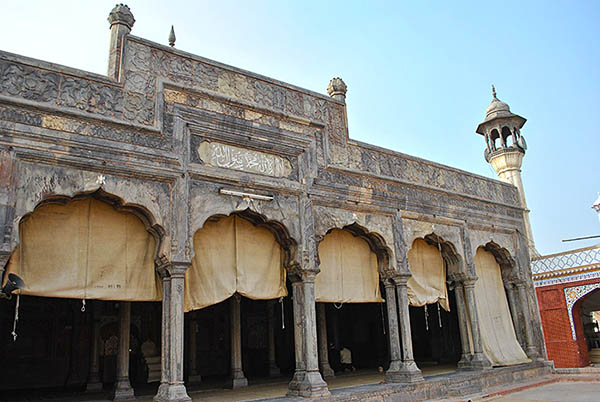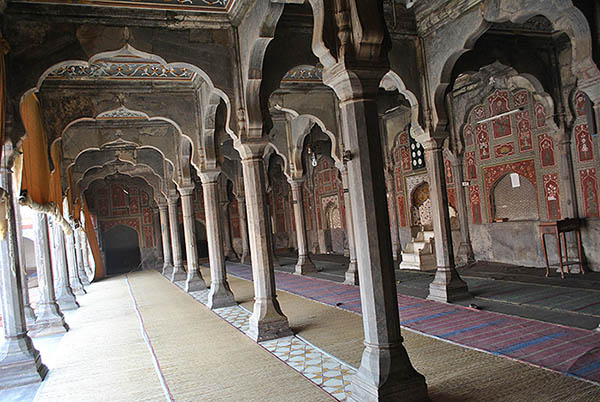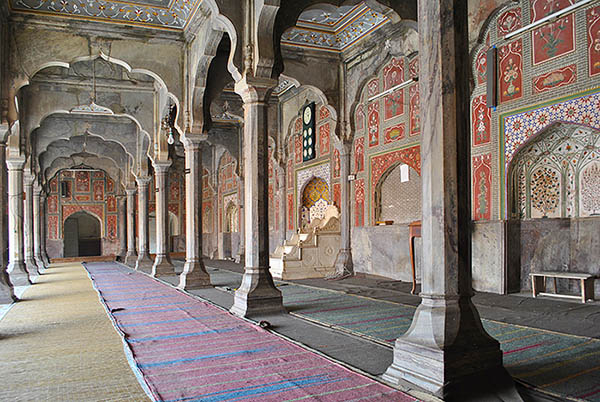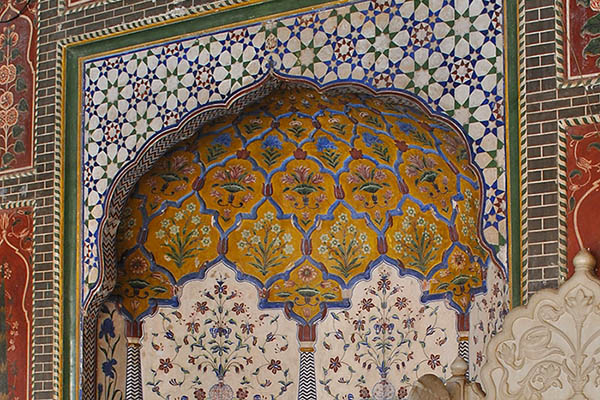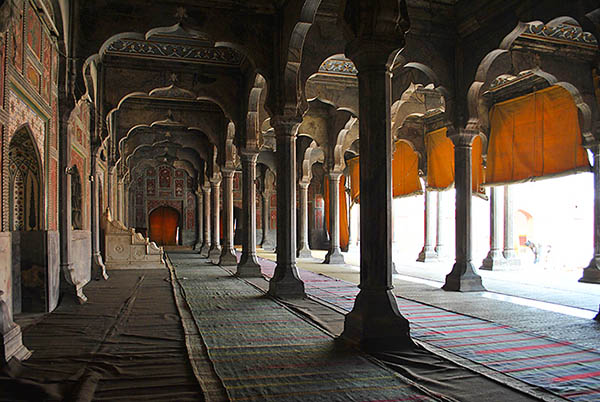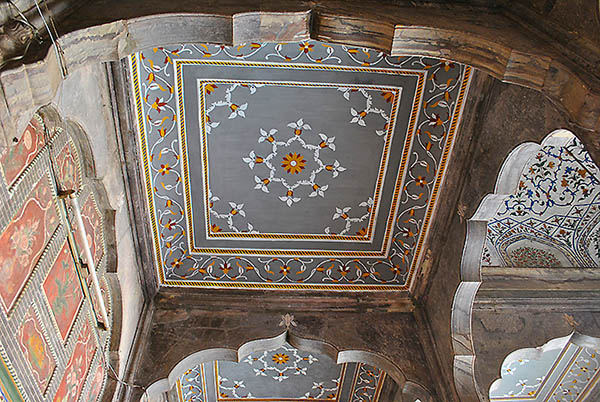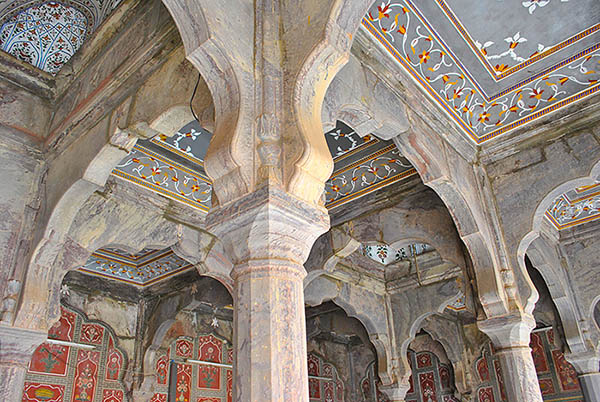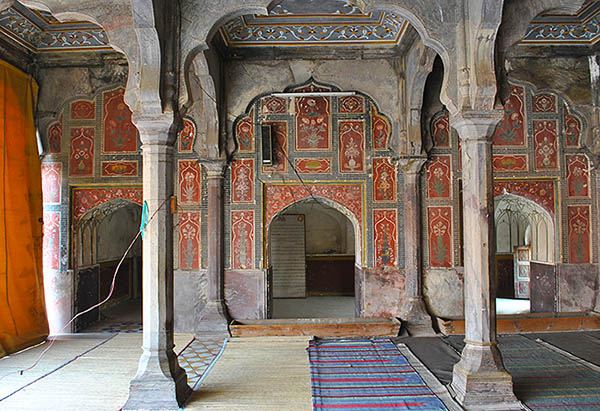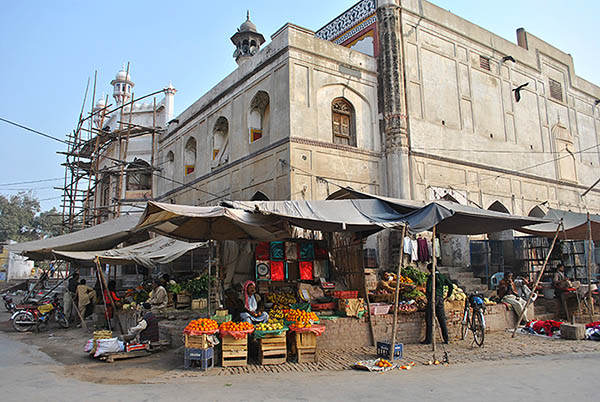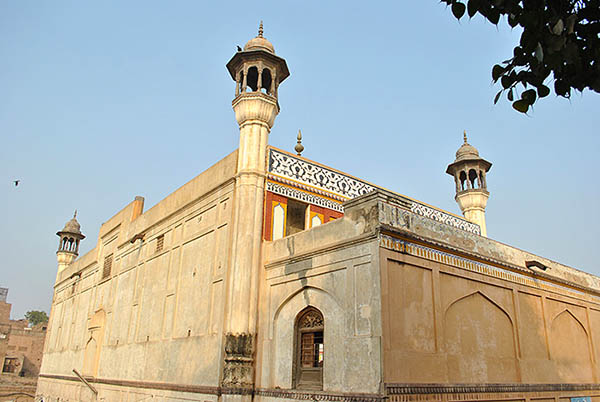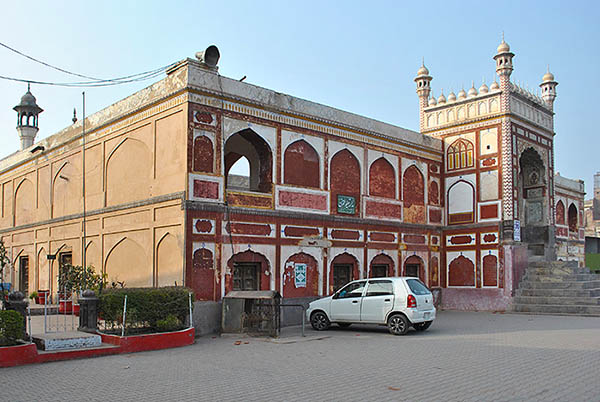Chiniot Mosque
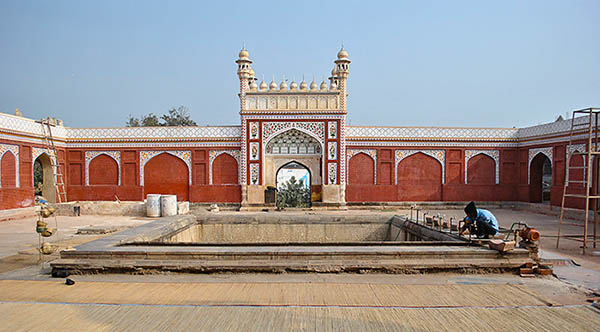
Mezquita Chiniot (construida entre 1646 y 1655)
La mezquita de Chiniot en el centro de Chiniot se atribuye a Saad Ullah Khan (1595-1655), el primer ministro del emperador Shah Jahan. Fue construido entre 1646 y 1655 en el apogeo del Imperio Mughal. La arquitectura de la mezquita sigue la forma típica de siete bahías común en todo el reino mogol, con un gran patio de 21,6 x 21,6 m en el centro. El patio y las arcadas circundantes están colocadas sobre un pedestal de aproximadamente 4,7 m de altura que está lleno de tiendas y salas administrativas para el waqf local (la dotación religiosa que sirve a la mezquita).
Una característica algo atípica de la mezquita es el uso de columnas para sostener las arcadas frente al mihrab (nicho de oración) frente a La Meca. Un prototipo similar se puede encontrar en la mezquita Moti Masjid en Lahore Fort, también de la era Shah Jahan.
Chiniot Mosque (built 1646-55)
The Chiniot Mosque in central Chiniot is is attributed to Saad Ullah Khan (1595- 1655), the prime minister of Emperor Shah Jahan. It was constructed from 1646-55 at the height of the Mughal Empire. The architecture of the mosque follows the typical seven-bay form common throughout the Mughal realm, with a large 21.6 x 21.6m courtyard at its center. The courtyard and the surrounding arcades are set on a plinth about 4.7m in height which is filled with shops and administrative rooms for the local waqf (the religious endowment serving the mosque).
One somewhat a typical feature of the mosque is the use of columns to support the arcades in front of the mihrab (prayer niche) facing Mecca. A similar prototype may be found in the Moti Masjid mosque in Lahore Fort, also from the Shah Jahan era.
